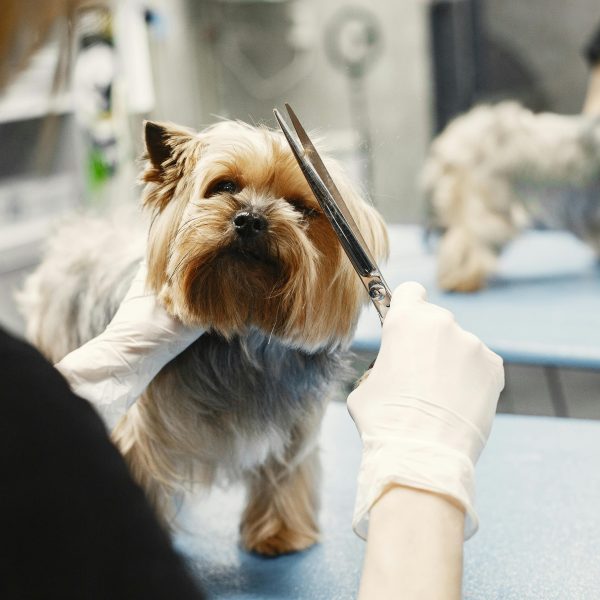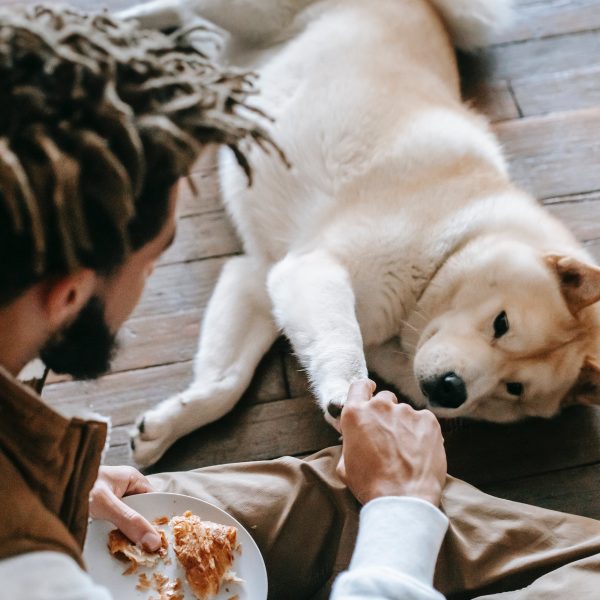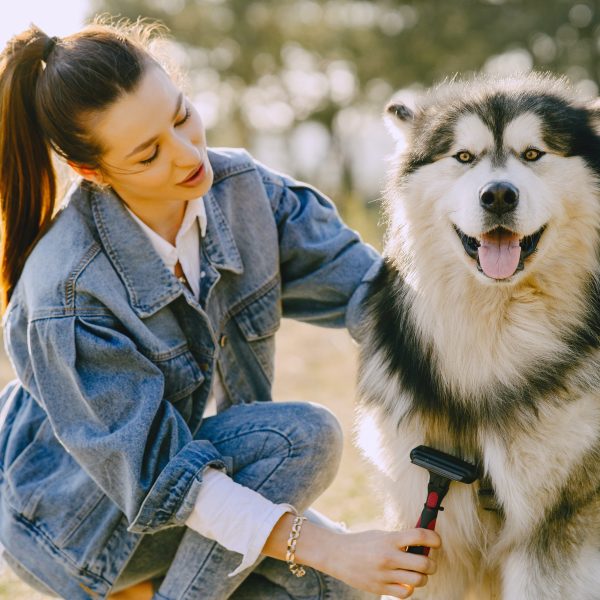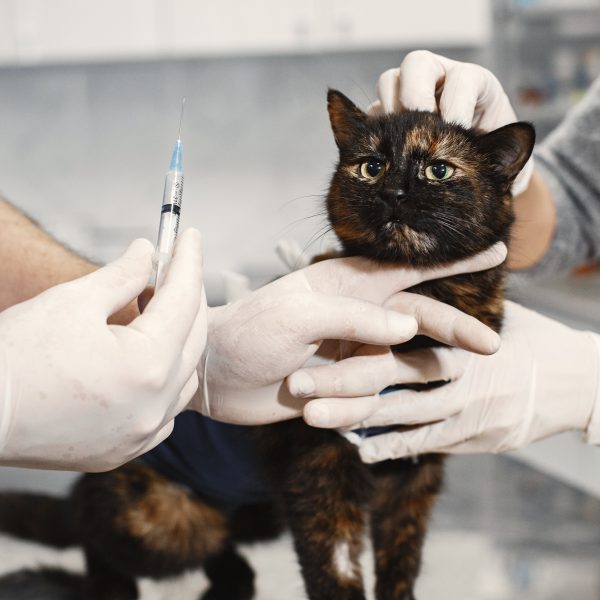Crate training is a technique for pet owners to create a secure space for their furry friends. While some people see crates as confinement, when done right, crate training can be an enriching experience for pets and their human companions. In this guide, we will explore the essentials of crate training, providing advice and strategies to help your pet see their crate as a haven rather than just a box.
Understanding Crate Training:
The concept of crate training involves introducing your pet to a crate or kennel as a comforting space. It’s not about keeping your pet confined for periods but rather about helping them associate the crate with positive experiences. Dogs, especially, have instincts to seek out den spaces, making crates naturally appealing to them.
Choosing the Right Crate:
Selecting the crate is key to training. The crate should be roomy enough for your pet to stand up, turn, and lie down comfortably. However, it shouldn’t be too large as pets might be tempted to use one end as their bathroom area. Also, consider the material of the crate, ensuring it’s durable and safe for your friend.
Introducing the Crate:
To start, place the crate in a peaceful spot in your home. Keep the door open and add bedding inside to make it welcoming. Encourage your pet to check out the crate at their own pace by using treats or toys to lure them in. Avoid forcing your pet into the crate as it could lead to negative associations.
Positive Reinforcement:
When training with the crate, it’s important to use reinforcement to support desired behavior. Whenever your pet goes into the crate willingly, offer praise and rewards. Use treats, toys, or verbal encouragement to show that the crate is a rewarding space. Consistency is crucial – remember to reward your pet every time they enter the crate on their own.
Gradual Enclosure:
Once your pet feels comfortable entering the crate, start closing the door for short periods while they’re inside. Begin with short intervals and slowly increase the duration as your pet gets more accustomed to being confined. Be present nearby during this time to offer reassurance and comfort if needed.
Establishing a Routine:
Make crate time a part of your pet’s schedule by incorporating periods throughout the day. Helping your friend get used to spending time in the crate without feeling stressed or worried is important. You can schedule crate time around meal times, nap times, or quiet moments to establish a routine and comfort for your pet.
Avoiding Negative Associations:
It’s crucial not to use the crate as a punishment tool. Never push your pet into the crate or impose it as a way to discipline them, as this can create negative associations and disrupt the training process. The crate should always be seen as an inviting space for your pet.
Dealing with Separation Anxiety:
For pets that struggle with separation anxiety, crate training can be very helpful. The crate offers a sense of security and can ease anxiety when you’re not at home. To make your pet feel more at ease, place toys or blankets in the crate, and consider playing soothing music or using pheromone diffusers.
Safety Precautions:
While crates are useful for training and providing an environment for your pet, it’s vital to prioritize their well-being. Avoid leaving your pet in the crate for extended periods and ensure they have access to food, water, and bathroom breaks when necessary. Also, keep an eye on the temperature inside the crate during different weather conditions.
Conclusion:
Training your pet to love their crate is a skill for owners. It has advantages for both pets and their owners. By selecting the right crate, introducing it slowly, using positive reinforcement, and maintaining a consistent routine, you can help your furry friend see their crate as a safe and cozy space. With time, dedication, and lots of encouragement, crate training can turn the crate into a sanctuary for your four-legged companion.








